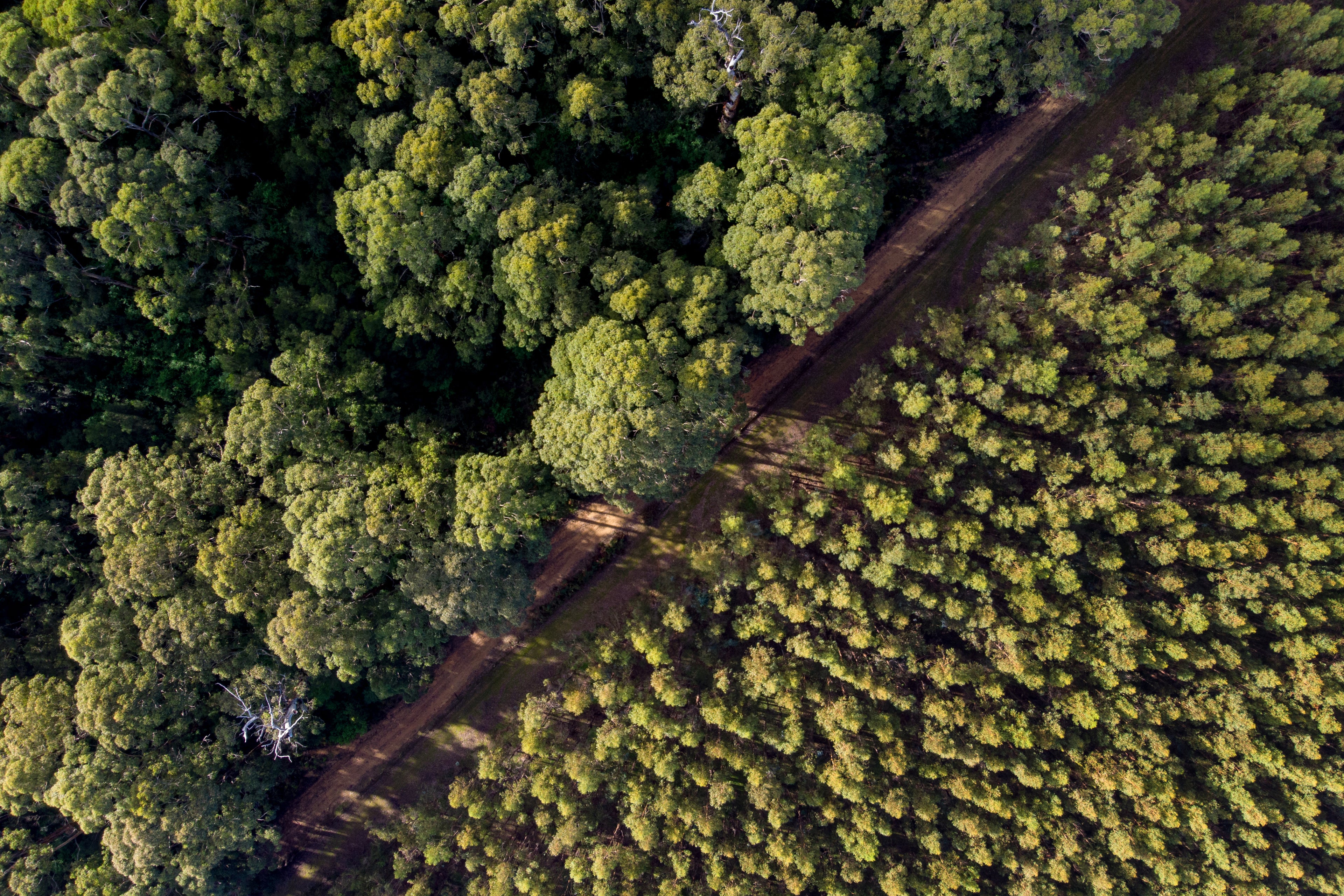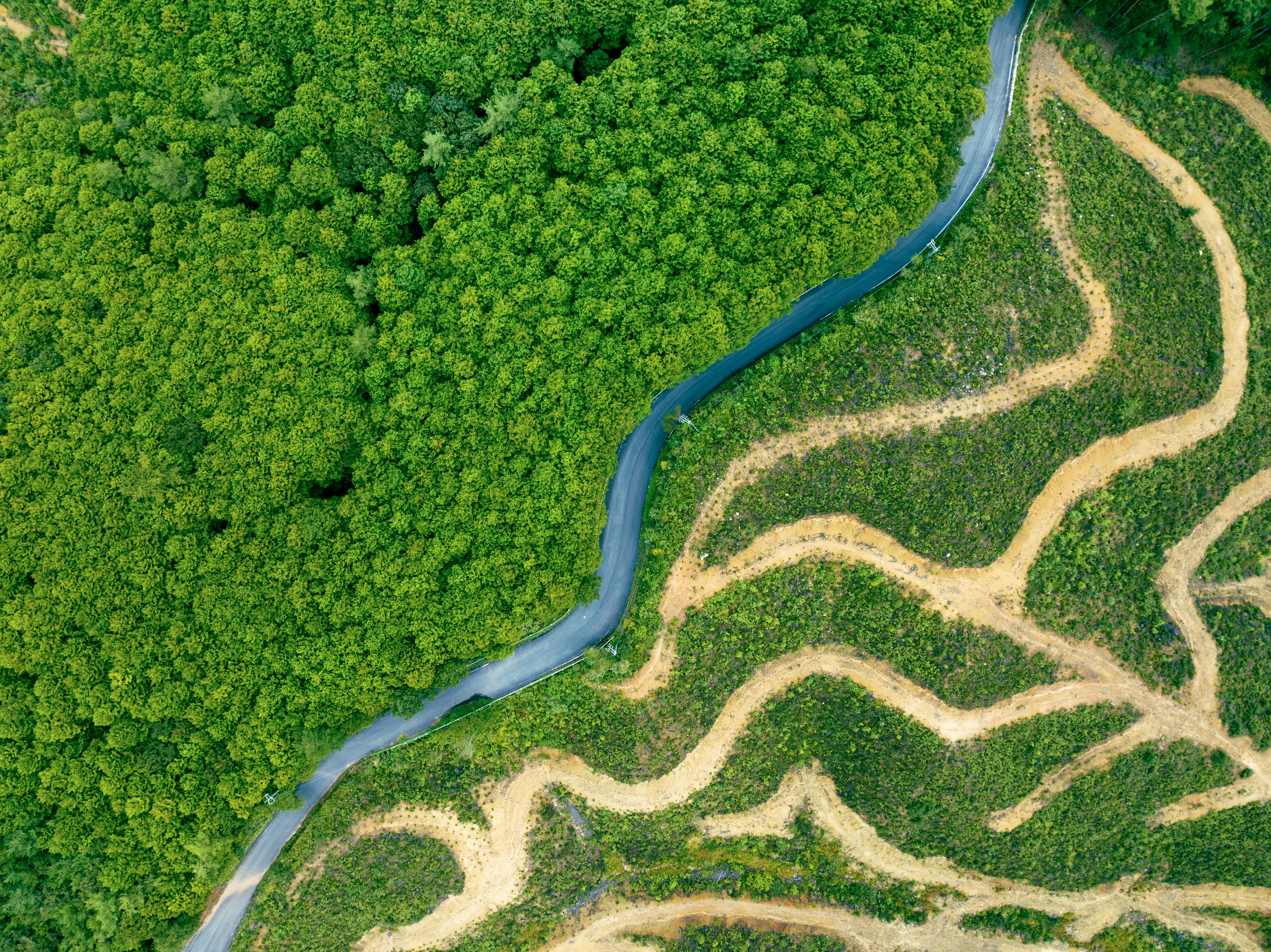
Tree plantations On Degraded Lands
Climate action projects reforesting degraded lands including tree plantations. Managed well, they can restore soil, sequester carbon, and produce wood resources in a more sustainable way.
Project Details
Reforesting lands with native trees that have been degraded from agriculture, mining, or timber harvesting can sequester up to 36 gigatons CO2 equivalent by 2050. Counterbalance supports projects that plant trees to protect wildlife, including endangered species, produce high quality timber to reduce illegal logging, and sequester carbon in timber, biomass, and soils.
Natural Forests and Biodiversity are protected while trees are planted on the the remaining deforested land. These projects protect the remaining patches of native vegetation and create additional conservation areas on the banks of rivers and other watersheds. The forests offer a natural habitat for native animals and plants, protect and enrich the soil, save and filter water, and contribute to the mitigation of the greenhouse effect.
Co-benefits
Tree plantation projects reduce degradation old-growth forests’ carbon stocks, and supports responsible consumption and production of timber. Projects engage in both sustainable timber production and reforestation which can reduce soil erosion, protect native species habitat and biodiversity, and provide living wages in the local economy. Additionally, trees help support pollinator-dependent agriculture, retain nitrogen in watersheds, benefiting downstream rivers and lakes. This project type is certified by the Gold Standard and ranges from Costa Rica to Timor Leste.

Bracelet Engravings
-

Standard
Standard RenewalThe Counterbalance standard tree plantation engraving supports reforestation projects worldwide. Available for all Counterbalance models and for standard renewal.
-

Premium
Premium RenewalSupports projects with higher operational costs. Available when you Renew your Counterbalance bracelet.
Sustainable Development Goals Supported
-
 Read more about SDG 8
Read more about SDG 8Promote sustained, inclusive and sustainable economic growth, full and productive employment and decent work for all
-
 Read more about SDG 13
Read more about SDG 13Climate change is a global challenge that affects everyone, everywhere.
Project Certifications


Begin your Climate Action Journey
Find your Counterbalance or Learn More
Explore the Science
Degraded lands present potential locations for tree plantations. Managed well, they can restore soil, sequester carbon, and produce wood resources in a more sustainable way.
As of 2018, 294.1 million hectares of land were used for tree plantations on degraded land. Establishing tree plantations on an additional 112–174 million hectares of marginal lands can sequester 22.04–35.09 gigatons of carbon dioxide by 2050. The use of marginal lands for afforestation also indirectly avoids deforestation that otherwise would be done in the conventional system. At an initial cost of US$91.89–141.68 billion and lifetime operational cost of US$157.74–243.37 billion to implement, this additional area of timber plantations could produce a lifetime net profit of US$2.05–3.17 trillion.
Discover the impact and methodology behind this Climate Solution at Project Drawdown.



